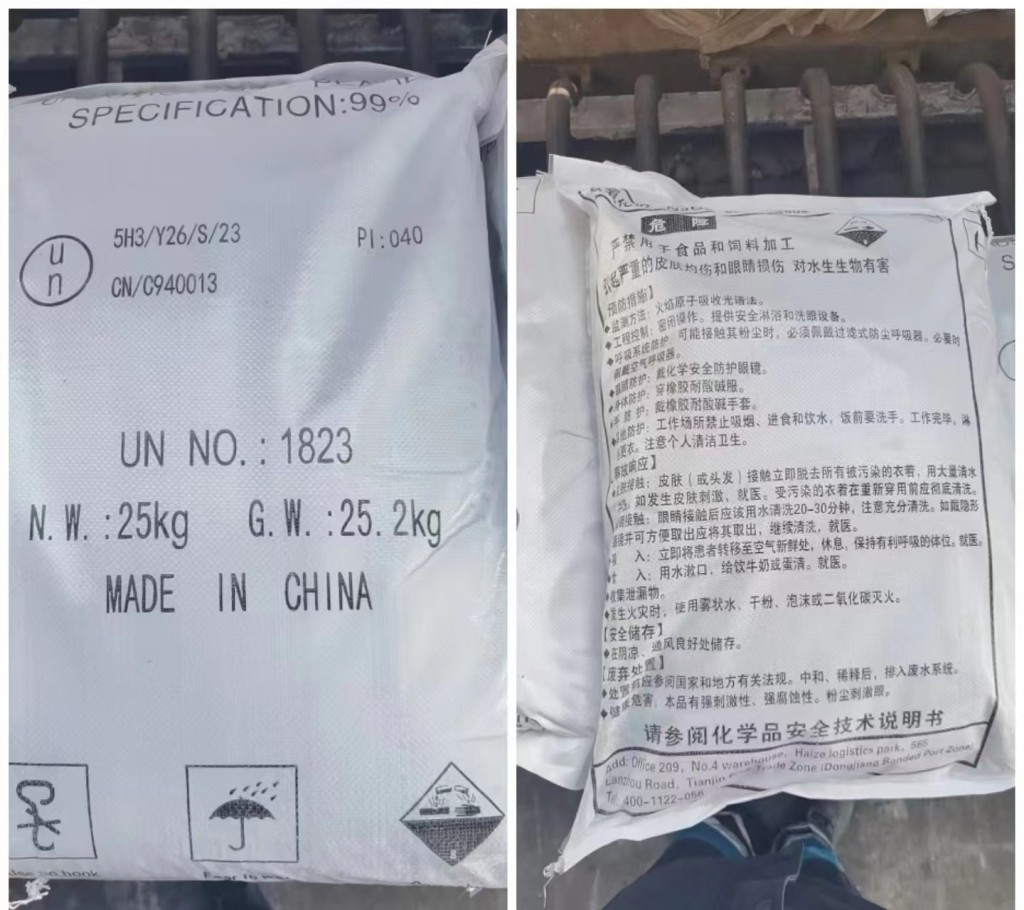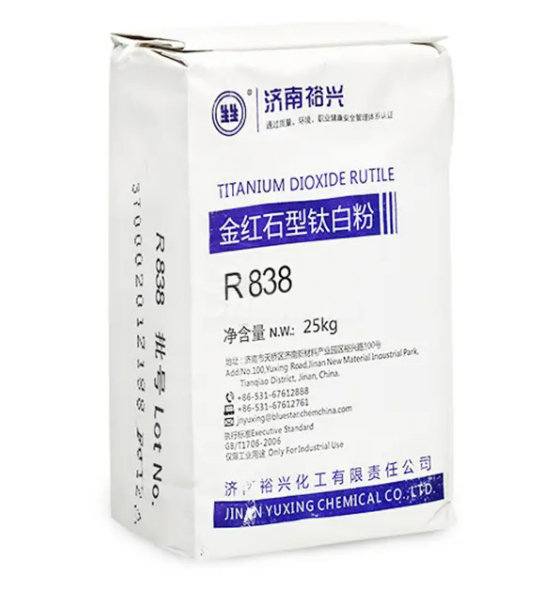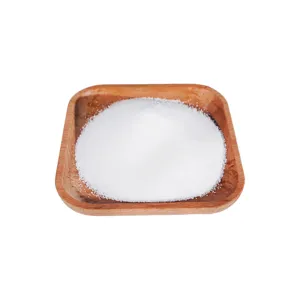India Megatrends: Defining the country’s chemical industry: Shobhit Aggarwal, Chief Strategy Officer, Global Chemicals, Fashion Yarn & Insulators, Aditya Birla Group

The Indian Chemical Industry is today an industry of rapid growth, high recognition and well rewarded by the capital market. India is the 6th largest producer of chemicals in the world and 3rd in Asia, that has a diversified portfolio of basic and specialty chemicals and has moved way beyond the shadows of merely an input or ancillary industry.
This industry, needless to say, is crucial as it provides inputs to a wide array of applications and downstream industries that emerge as a response to the social and economic fabric of any country. As any nation develops, the need from food security to clothing to construction to defence and higher life-style amenities evolve. Chemicals are required at every stage to fulfil these needs. The Indian chemical industry has evolved from being an importer, to a producer and has now become a significant exporter of chemicals over the years in line with the nation’s economic trajectory.
CHEMICAL INDUSTRY 75 YEARS AGO
History is witness that the Indian Chemical Industry was restricted to a handful just about 100 years back, with the production of a few basic pharmaceuticals and chemicals. In the pre-independence era under the British rule, India was a source of raw material to the industries in Britain, where India exported agricultural produce (jute, raw cotton, raw silk etc.) as well as minerals such as iron and aluminium. In turn, the British government capitalized India as a key market for their finished goods. Year 1901 saw the country’s first company emerge to produce transportation fuel. Sulphuric acid and phosphate fertilizers were among other limited products produced. However, at the time of World War II, when the foreign supply of pharmaceuticals was limited, a number of pharmaceutical companies opened up to adorn the canvas of Indian Chemical Industry.
INDIA@75
Since 1947, the Chemical Industry has grown along the track of our nation’s economic trajectory. We can assess this growth broadly along three phases:
Pre-Liberalization: (1947 to 1990)
In this post-independence era, the Indian Chemical Industry witnessed a rapid growth from very modest beginnings, as shared earlier. Aditya Birla Group (ABG) was among the first few corporates to take a major step towards India’s Aatmanirbharta mission. To deal with the cotton shortage after partition, ABG incorporated the Grasim Industries immediately after independence; similarly, the Group ventured into aluminium production in 1958 and subsequently backward integrated into Chlor-alkali.
The industrial development in India took place in accordance with five-year plans, the 1st such five-year plan being launched in 1951. Several industries were established in the first two decades to manufacture basic chemicals, fertilizers, dyes, textile auxiliaries and pharmaceuticals. With the onset of India’s Green Revolution in 1960s, several modern techniques were deployed to increase the nation’s agricultural output. This gave impetus to the use and consequent manufacturing of fertilizers and pesticides in India. This era of rapid growth is substantiated by the production of Sulphuric Acid that grew from ~107KTPA in 1951 to ~1,900KTPA in 1977 – one of the most versatile chemicals used in fertilizer, fibre, dyestuff, and many other applications – often considered as a benchmark of industrial development of a country. During this phase, the Indian Chemical Industry required to overcome two challenges – Capital & Technology
Capital
In 1957, RBI set up Industrial Credit Department to aid banks in providing financial assistance to industries through financial institutions. This catalysed investments across sectors including chemicals. Year 1970 saw the nationalization of banks leading to funds being available to smaller investors pan India. This found expression in the advent of a large number of small-scale industries. For example, the investment in plastic industry increased by four fold between 1961 and 1970.
Technology
All processes developed by companies were licenced, with no protection to any inventor of new methods. This limited R&D spends as manufacturers focussed on inducting technology and extracting maximum use. R&D remained centralized to institutions such as CSIR and National Chemical Laboratory, which proved to be a game changer as many of the processes developed here were subsequently put to commercial use. For example, by 1973, the industry had adopted 47 out of 75 chemical processes developed.
With the above stated influx of capital avenues and technological developments, India had its first integrated naphtha based cracker in 1970. In 1980s and 1990s, the petrochemical industry expanded rapidly with integrated naphtha crackers having downstream products such as polymers, synthetic fibres, aromatics, and other chemicals. This fuelled industries like textile, packaging, and other downstream chemical products.
Post Liberalization – Early Days: (1990 to 2010)
The last four decades post-independence (1947-1990) witnessed the ‘License Raj’, that reflected in India following a closed economy policy, limiting production of certain goods and leading to constrained supply. This resulted in importing to meet domestic demand, yet exports and foreign investments were significantly restricted. The Post Liberalization era saw India opening its doors for FII, FDI as well as providing a fair playing field to the domestic private companies, thus shifting gears to becoming a more demand led and consumer centric nation.
With the effect of liberalization, the real per capita income grew from 3.6 percent in 1990s to 5.4 percent in 2000s. This led to an increased demand across sectors such as paints and coatings, household and personal care etc. Investment in basic chemicals and petrochemicals was critical to provide feedstock such as hydrocarbon solvents, LAB, caustic soda etc. to these industries.
It was during the early days of liberalization (1991-2008) that the industry witnessed a heavy influx of capital in basic chemicals (~70% of total investment in chemicals during the period) most of which was in petrochemicals (~85%). The other basic chemicals that received investments were chlor-alkali and fertilizers.
With increased investments in chemicals, this period also witnessed an increase in exports of chemicals (including inorganics, organics, pharma, dyes, soaps and cosmetics) by a staggering 13% CAGR during 1998-2009 (including inorganics, organics, pharma, dyes, soaps and cosmetics)
The Recent Decade: (2010 – till date)
Over the last decade, the Indian Chemical Industry set sail towards tremendous growth at a CAGR of ~9% per annum while the aggregate R&D investment by leading Indian chemical companies grew at 13% CAGR during the same period. There are rapid changes taking place in terms of technology, global production, rapidly evolving consumer needs, leading to an evolution of new set of industries.
Today India possesses technical and process competency to carry out complex, multistep reactions and we see the nation’s chemical plants running at par excellence with our global peers. This has helped the industry to become a global manufacturing hub for chemicals. The industry is not only putting accelerated efforts on import substitution but has also increased chemical exports significantly (an increase by ~106% during 2014-2022). It can also be seen in case of agrochemicals and intermediates, where India’s share in total global outsourcing in agrochemicals has increased from ~14% in 2015 to ~25% in 2020.
What this speaks of is the onset of confidence and optimism that is ruling the Chemical Industry in India today – a phenomena highly appreciated by the capital market, where this industry performed significantly better than its global peers.
LOOKING BEYOND
The chronicle of how India’s megatrends and economic surge shape the growth and transformation of the Indian Chemical Industry continues as we look towards the future. 2030 and beyond envisages that the Indian Chemical Industry will grow at a CAGR of ~9% to reach US$ 1 trillion by 2040.
What will drive this growth in future? Here we highlight four key megatrends which are likely to influence the Indian Chemical Industry.
Needs of an Urban Diaspora
Clean drinking water, food security and affordable housing are basic for India’s urbanization story. The water treatment chemicals and membrane materials would be key beneficiary. Companies focussing on waste management chemicals and circular economy are set to benefit. Food security calls for need to improve crop yield, considering the limited arable land for an increasing population. Hence, fertilizers and crop protection chemicals are expected to grow at a CAGR of 8-10% in the coming years. Over 65 million houses in India are ‘kutcha’ (made of mud), that are unstable, vulnerable to storms, floods etc. The construction chemicals will surely gain from this. With further forward thinking, India may witness adoption of evolving technologies such as 3D printing to build houses that are faster to build and cost effective. To add to this, 3D printed prosthetics, large-scale production of life saving drugs, where India has already shown its mettle during the recent bygone pandemic, will emerge critical to enable India to reach the highest echelon of global platform.
Growing Conscious Consumption
India’s preference for EVs, renewable sources of energy including green hydrogen is defining our country’s standing at the global arena. India has recently discovered lithium reserves in J&K as well as 15 other rare earth elements in Andhra Pradesh. These discoveries will help in the industrial development of EVs as well as electronic components for mobile phones, televisions, automotive, computers to name a few applications. Today, India is world’s third largest producer of renewable energy with 40% of its electricity coming from non-fossil fuel sources. Emerging trends in this sector are green hydrogen, automotive light weighting, and renewable power that will define the input chemicals portfolio.
Rise of an Assertive India
India’s economic prowess targets the nation to be the 2nd largest economy by 2050. This is coupled with India’s defining position in the global arena and fortifying the nation’s security against volatile geo-political environment. For example, the defence budget for FY23 is ~ 13% the union budget. In February 2023, the Government announced 75% spend of the total defence capital outlay (~INR 1.62 Lakh Crore) towards procurement from domestic manufacturers. This leads to a significant growth opportunity for advanced materials and composites.
Affinity for an Experiential Economy
Ever increasing focus on automation and growing penetration of telecom & seamless communication will give stimulus to electronic chemicals and materials thereof. The rapidly advancing consumer trends is and will drive the demand in electronics and consequent chemicals.
While it is proven that economic growth drives the chemical industry of any nation, the converse also holds true. The growth of chemicals’ manufacturing and use play an important part in the economic growth of a country. Yester years’ evidence prove that the availability of chemicals is critical for any industry to sustain. While the basic commodity chemicals including sulphuric acid, nitric acid, caustic soda, and petrochemicals will continue to grow, the additional growth will come from new age product groups such as advanced materials, high strength lightweight materials, 3D printing materials, bio based chemicals, new age pharma using advanced enzyme technology and electronic chemicals to name a few.
The success story of the Indian Chemical Industry has just begun. The neo-Indian population and economic trends are fuelling the demand that is creating opportunities for larger specialty and indigenous portfolio, digitalized large-scale processes, reduced dependency on imports, last mile connect for user industries, safe and sustainable practices – all that would transform this industry to greater heights.
Recommended Suppliers
 June 3, 2024
June 3, 2024  June 3, 2024
June 3, 2024  June 17, 2024
June 17, 2024  June 18, 2024
June 18, 2024  June 18, 2024
June 18, 2024 














